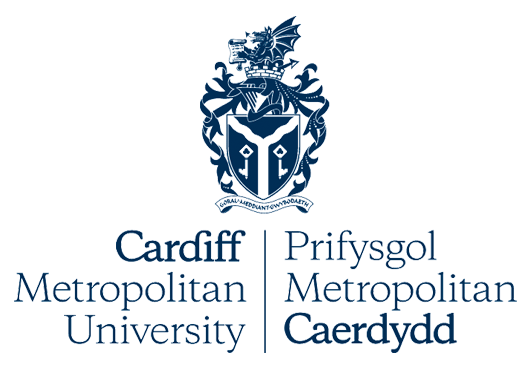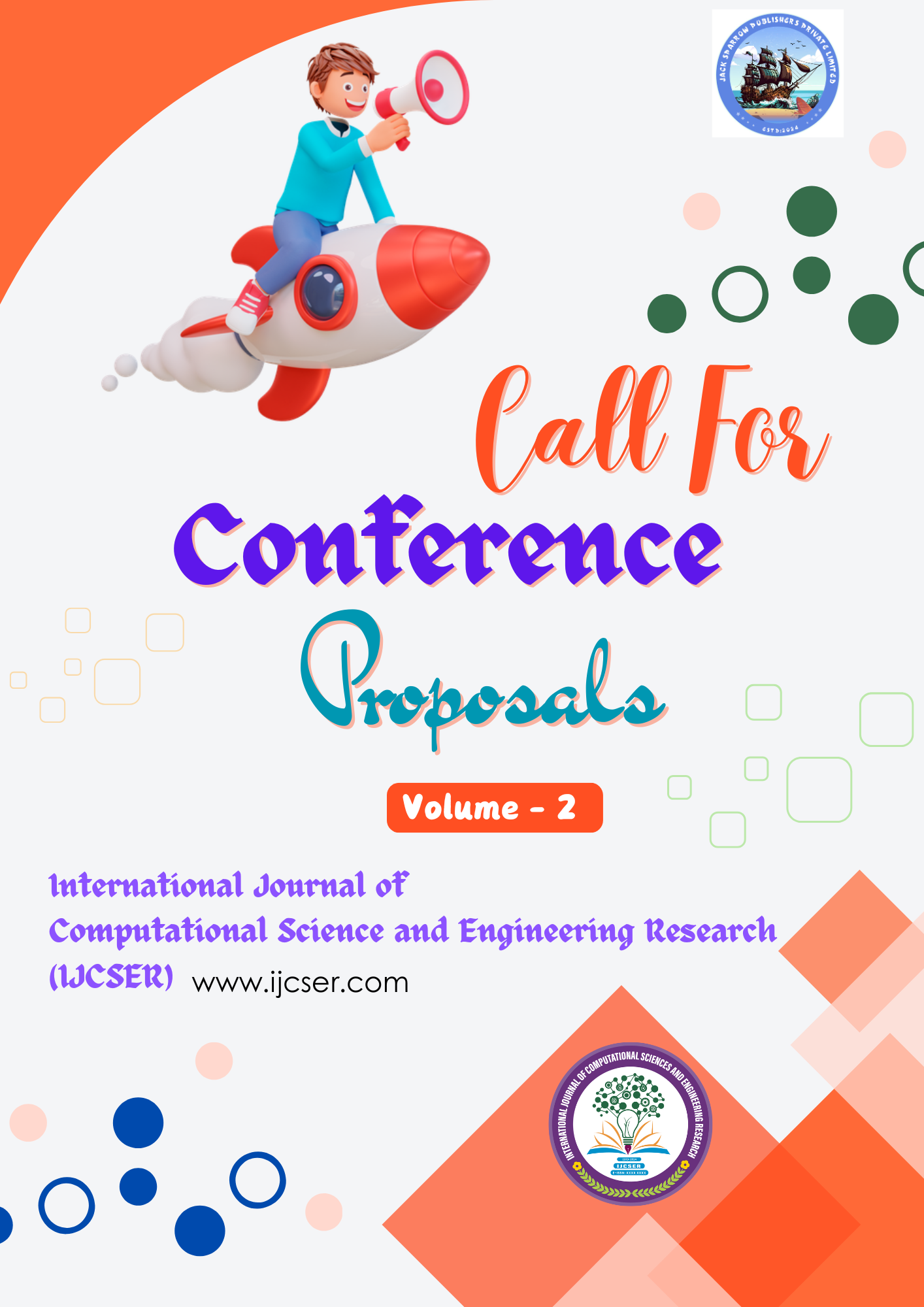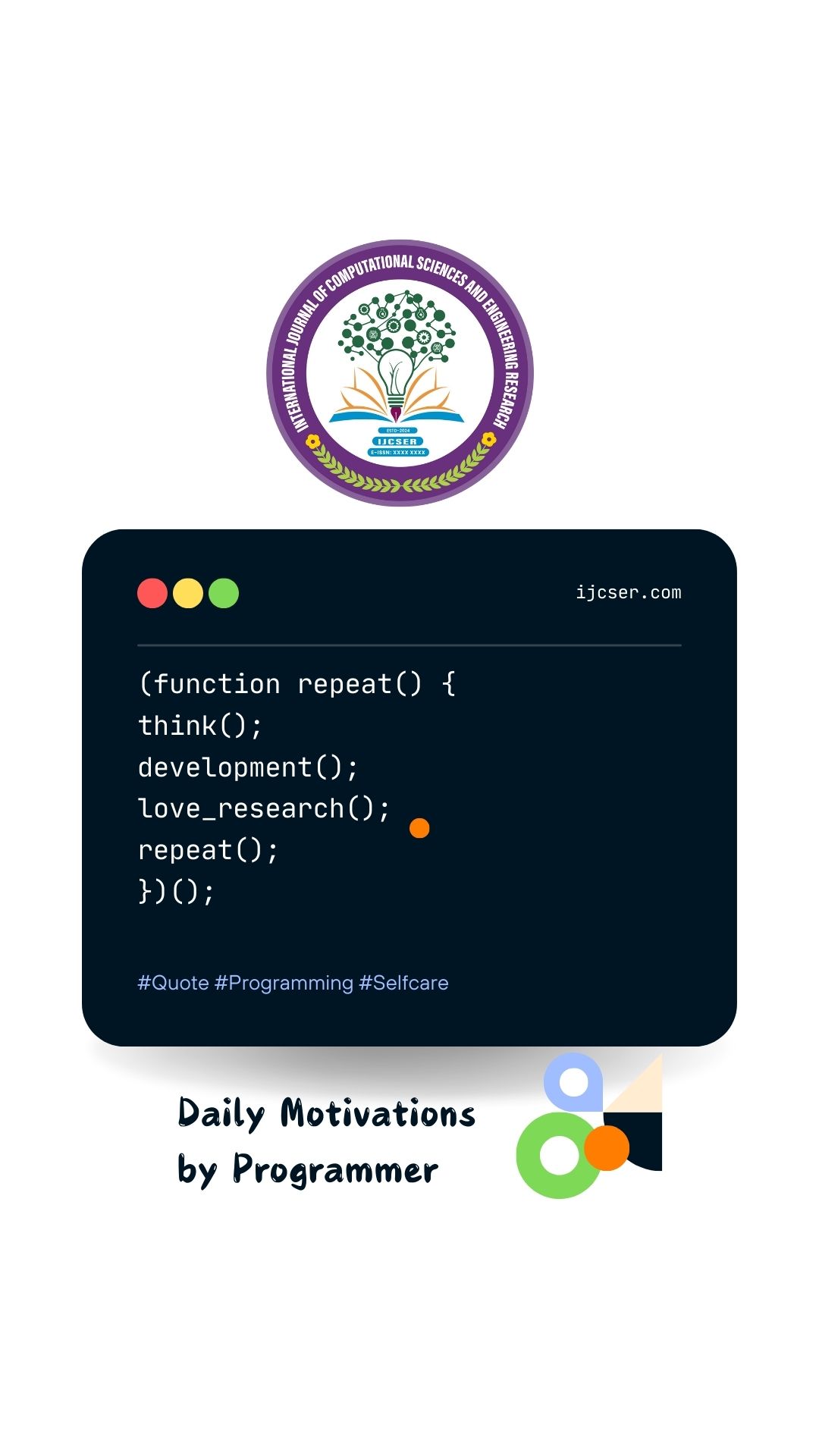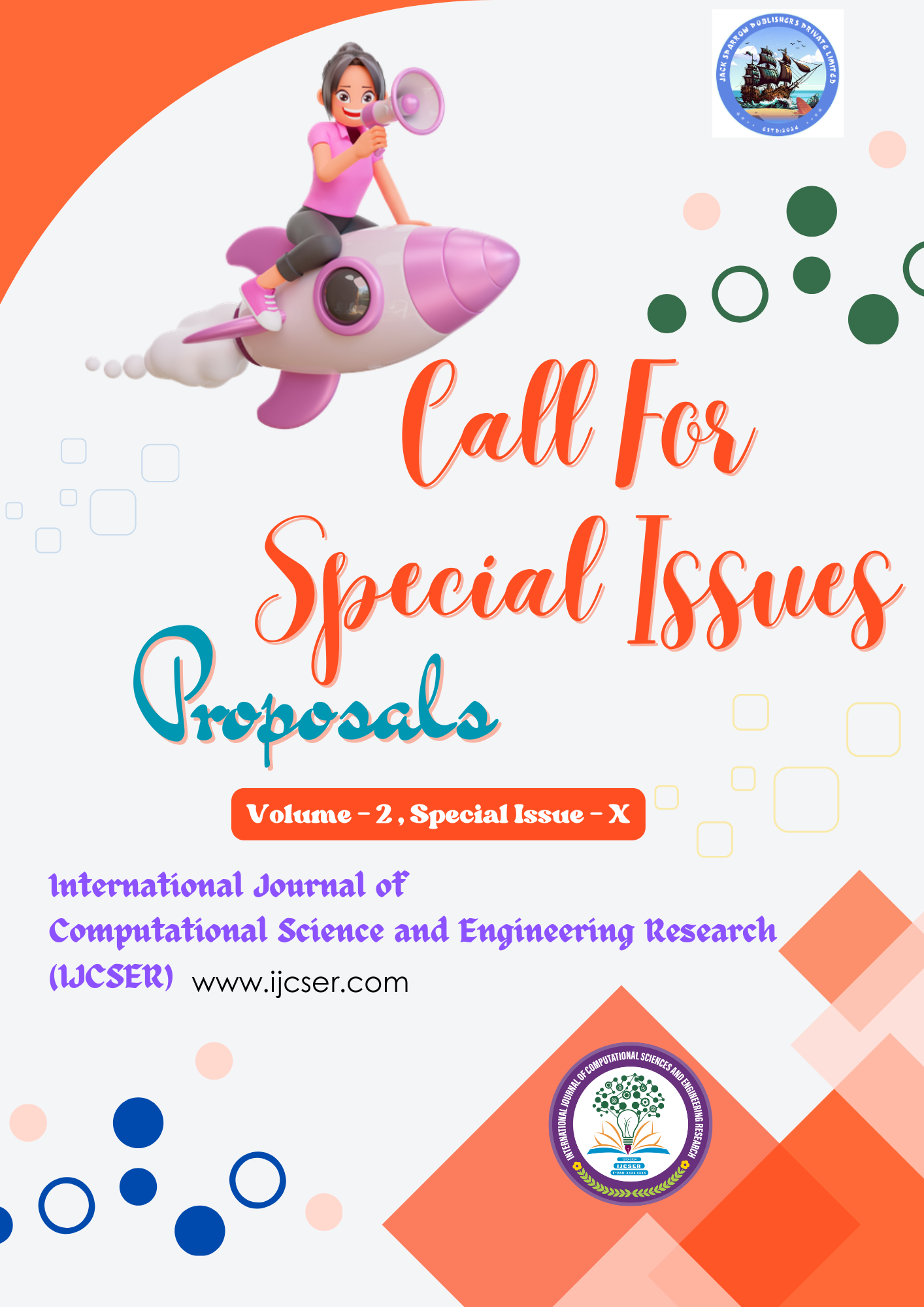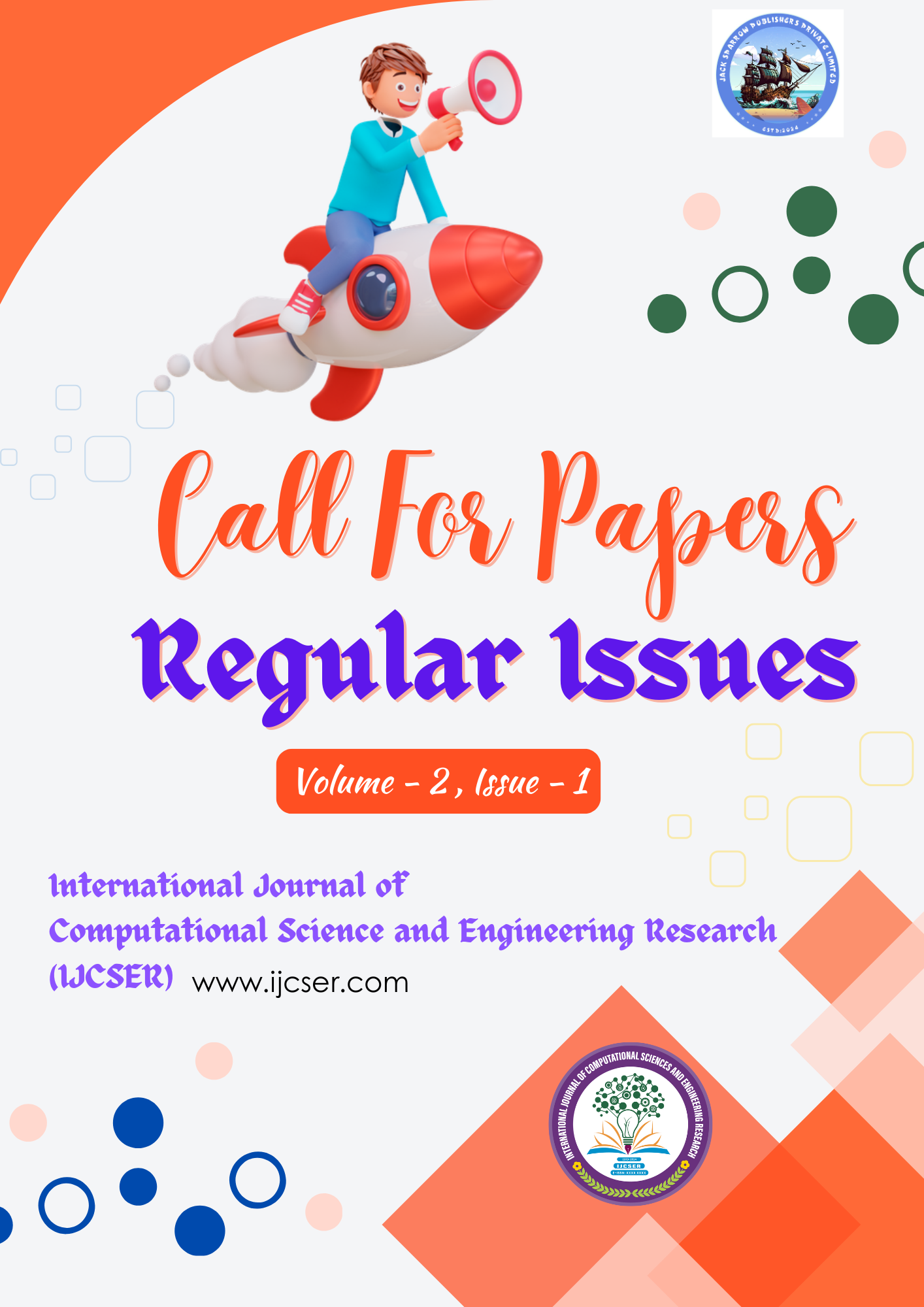 Journal Review Process
Journal Review Process
The IJCSER strtly follow double-blind peer review process is a commonly used method in academic publishing where both the identities of the authors and the reviewers are kept confidential. This process aims to ensure impartiality and reduce biases, ensuring that the review is based solely on the quality of the work rather than the identity or reputation of the individuals involved.
Here’s a detailed breakdown of how the double-blind peer review process typically works:
Submission of Manuscript
The process begins when an author submits a manuscript to an academic journal. The submission usually includes the manuscript itself, along with any additional documents required by the journal (e.g., cover letter, conflict of interest statement, suggested reviewers).
Initial Screening
The journal’s editorial team or managing editor performs an initial screening of the manuscript. This involves checking for completeness, formatting adherence, relevance to the journal’s scope, and compliance with ethical standards. If the manuscript passes this initial stage, it proceeds to the peer review process. In some cases, editors might reject manuscripts that are deemed irrelevant or below the journal's standards without sending them for peer review.
Selection of Reviewers
The editor selects a group of experts in the subject matter of the manuscript to review the work. These are typically researchers with experience in the field relevant to the submitted paper. Reviewers are usually chosen based on their expertise, previous publications, and willingness to engage in the review process. In double-blind peer review, the identities of the authors are hidden from the reviewers, and the identities of the reviewers are also kept confidential from the authors.
Anonymous Review Process
Once the reviewers are chosen, they are invited to evaluate the manuscript. The manuscript is provided to the reviewers without the authors' names, affiliations, or any identifying information. Reviewers are asked to evaluate the manuscript based on various criteria, such as:
-
Originality and novelty of the research
-
Quality of the research methodology and data analysis
-
Clarity and structure of the writing
-
Contribution to the field
-
Ethical considerations
Reviewers are often encouraged to be constructive, providing feedback and suggestions for improvement, as well as making a recommendation about whether the manuscript should be accepted, revised, or rejected.
Reviewer Recommendations
After reviewing the manuscript, each reviewer submits their evaluation, which typically includes:
-
A summary of the manuscript's strengths and weaknesses
-
A recommendation (accept, minor revisions, major revisions, or reject)
-
Suggestions for improving the paper
The editor evaluates all the feedback from the reviewers and makes a decision. The recommendations of the reviewers are taken into account, but the final decision rests with the editor.
Author Revision
If the reviewers suggest revisions, the author is asked to revise the manuscript based on the feedback provided. The revised manuscript is then resubmitted for further review, sometimes by the same reviewers. In some cases, if major revisions are required, the manuscript may go through multiple rounds of peer review to ensure the paper meets the journal's standards.
Final Decision
Accepted for Publication : Accepted with minor or major revisions required (with the manuscript returning to the reviewers for further evaluation if necessary)
Rejected due to insufficient quality or relevance
Post-Publication
If accepted, the manuscript goes through the publication process, including typesetting, proofreading, and final approval. In some journals, after publication, the peer review reports may be made publicly available, sometimes along with the final version of the article.
Benefits of Double-Blind Peer Review:
Reduces Bias: By keeping the identities of both authors and reviewers anonymous, the process reduces potential biases based on the authors’ reputation, gender, institutional affiliation, or other factors that might influence the review process.
Focus on Content: The reviewers’ evaluations are based solely on the scientific or academic quality of the work, rather than any preconceived notions about the authors.
Fairer Assessment: New or lesser-known researchers have a fairer chance of having their work assessed based on its merits, not the reputation of the authors.




